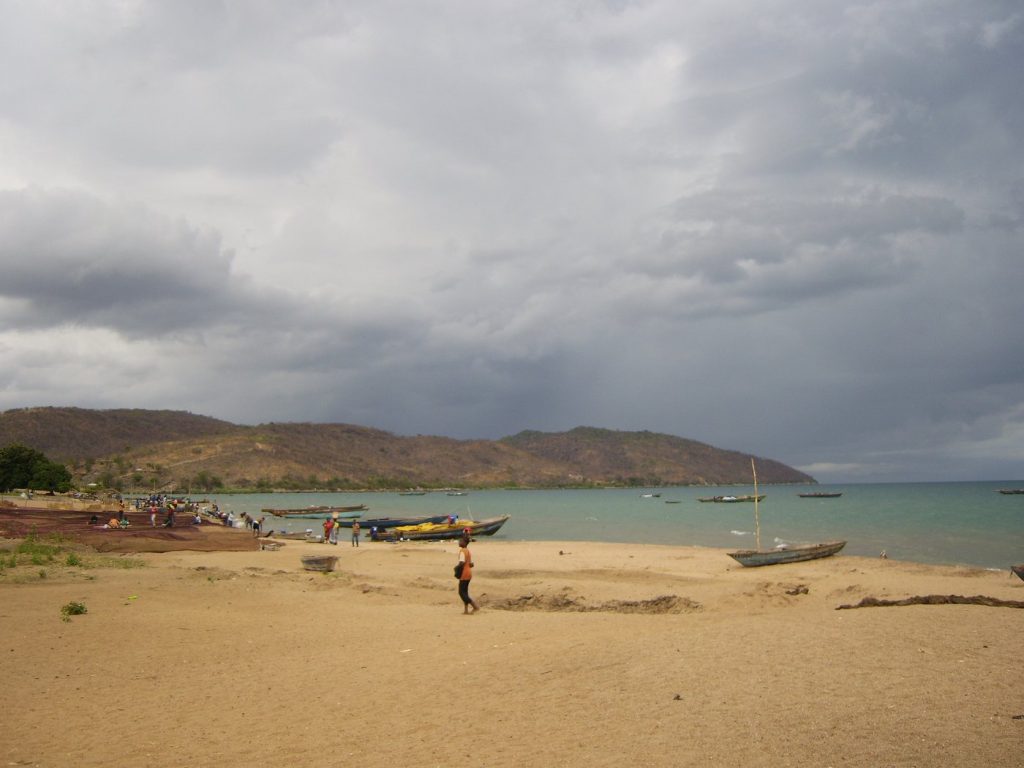A team of researchers from McGill University has developed a novel approach aimed at enhancing climate models for Africa by integrating 19th-century missionary records with contemporary climate data. The objective is to create a more robust framework for understanding the impacts of global warming across the continent, which has historically lacked comprehensive climate data.
Climate models serve as crucial tools for scientists and policymakers to gauge how human actions are altering the climate. These models rely on historical baselines, including data on temperature and precipitation, to refine their forecasts. However, many regions in Africa suffer from a significant scarcity of historical climate data, compounded by a lack of weather stations compared to areas like North America and Europe, resulting in increased uncertainty in these models.
Philip Gooding, the lead author of a study published in the peer-reviewed journal Climate of the Past, emphasized that Africa's absence from foundational climate data is disconcerting. He noted that this gap is partly a reflection of the continent's marginalization in the global scientific dialogue during and after the colonial era. To address this issue, Gooding referenced 19th-century missionary writings from Tanzania, recognizing that these documents, despite their problematic origins, could provide valuable insights when analyzed alongside modern climate models.
The records from missionaries present challenges, as the authors had their own biases and motivations that could have led to the misrepresentation of climate conditions. Gooding explained that by combining these historical accounts with climate models, they aim to create a more accurate baseline for projecting climate scenarios in Tanzania, which is critical given the country’s vulnerability to climate change.
Decision-makers in Africa face the dual challenges of limited resources and a lack of reliable climate data, which hampers their ability to prepare for extreme weather events. A report in the scientific journal Nature highlighted the stark contrast between Africa and other continents: while Europe and the United States have approximately 636 weather radar stations for a population of 1.1 billion, Africa, with a similar population and a larger land area, has only around 37 such stations.
East Africa is particularly at risk from climate change, yet it is one of the least understood regions in terms of climate dynamics. Obed Ogega, a climate scientist and program manager at the African Academy of Sciences in Nairobi, pointed out the importance of accurate climate information for designing resilient communities and infrastructures, such as drought-resistant crops and flood-resilient roads.
Gooding’s research centered on Lake Tanganyika, the world’s second-deepest freshwater lake, and incorporated numerous written accounts from missionaries and colonial officials that documented environmental conditions over a period of roughly three decades ending in the 1890s. Within these writings, Gooding identified specific regional climate data that is often missing from broader climate models focused on Africa.
However, the study also acknowledged the limitations of the missionary records, emphasizing the subjectivity and imperial biases inherent in these documents. The study highlighted how 19th-century meteorological practices were often driven by European notions of civilization, which overshadowed indigenous understandings of climate and human-environment interactions.
Working alongside an international team of climate scientists, Gooding standardized the documentary data into a seven-point scale, allowing it to be integrated with contemporary climate models. Regular climate conditions were positioned at the midpoint of the scale, with extreme droughts and heavy rainfall at either end. While the exact impact of these historical accounts on the accuracy of climate models remains difficult to quantify, Gooding suggested that incorporating historical data provides a more nuanced view of climate trends.
Ogega expressed caution regarding the reliability of missionary records, prioritizing more direct natural data sources, such as analysis of lake sediments or tree rings. While acknowledging the potential of this research to inspire further studies, he emphasized the need for confidence in the data before integrating it into climate modeling efforts.
Gooding agreed with Ogega’s skepticism and mentioned the careful validation process involved in examining the records against modern climate models. He concluded that while both sets of data have flaws, analyzing them together could enhance their respective values and insights.
The study proposes a future avenue for research that includes exploring local oral traditions as another layer in historical climate reconstructions, potentially enriching the understanding of climate dynamics in the region.










